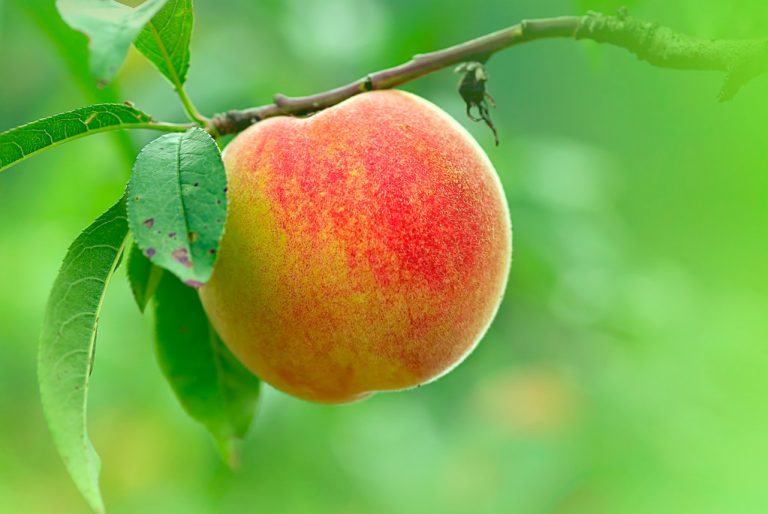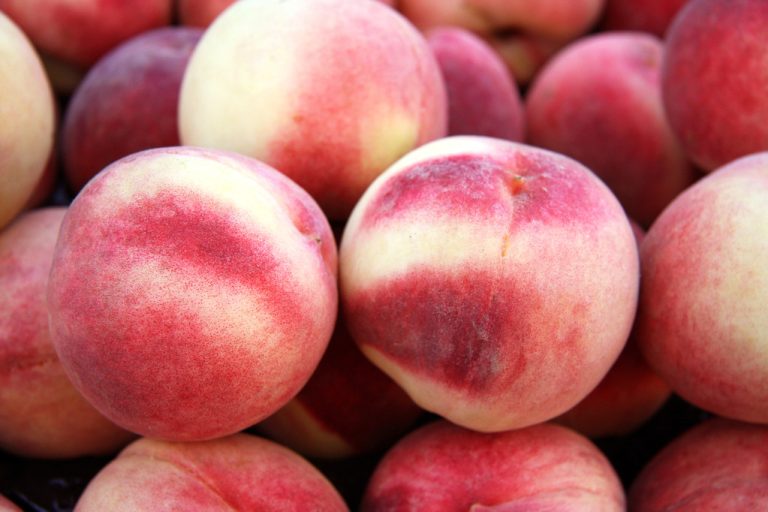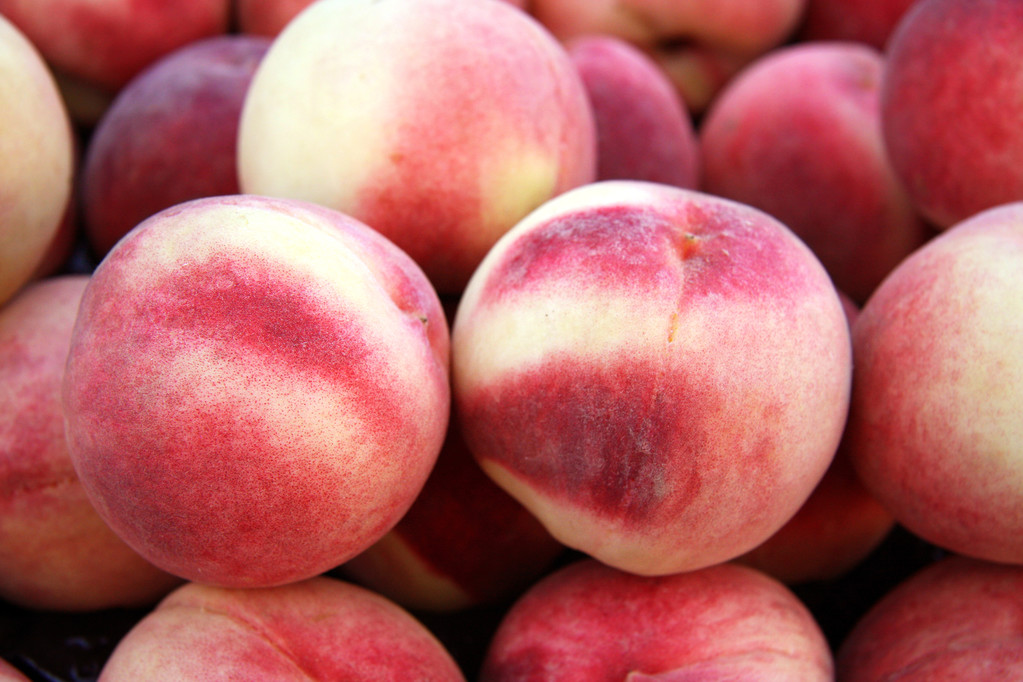Tannins are tannins found in wine and tea, for example. But the plant defense substances are much more widespread and have a positive effect on health. Here you will find all the important background information.
What are tannins?
Tannins – or tannins – have a tart taste and are also referred to as “anti-nutrients”. This is because they act as natural defenses against microbial pathogens or pests. Tannins are harmful to ruminants in excessive amounts and cause stomach and intestinal pain because they inhibit nutrient absorption.
Tannins react as acids, causing the mucous membranes to contract. Tannins are a group of different acids that are obtained from spherical growths of plants, also called galls or galls.
Where are tannins found?
Many different plants produce tannins. Therefore, they are found in various foods:
legumes
Grain
many types of fruit including apples and pears, strawberries, raspberries, blackberries and cranberries, bananas, grapes, peaches and plums
Green tea and black tea
red wine
Beer (due to the tannin content of hops)
The property of contracting the mucous membranes creates a kind of dull, furry feeling. The taste can be described as bitter. A good example is the bitter taste of dark chocolate.
Especially in wine, the tannins have an influence on shelf life, colour, maturation and texture. Tannins bind the oxygen in the wine. As a result, the fine wine aromas do not evaporate so quickly.

How are tannins to be evaluated from a health perspective?
Some tannins exhibit anti-cancer properties.
They also have an antimicrobial effect, i.e. they inhibit or kill microorganisms.
In addition, tanning agents are often used to treat diarrheal diseases.
They can relieve inflammation on the skin or mucous membranes.
Even small injured blood vessels can be closed with the help of tannin.
Last but not least, they can lower blood sugar levels by slowing down the absorption of sugar into the bloodstream




